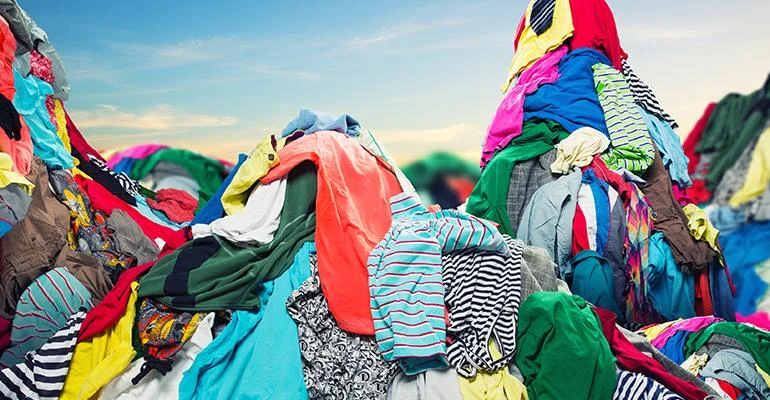By Michelle Cann, owner of The Colours are Brighter
Every 10 minutes, 6 tonnes of clothing goes into Australian Landfills*.
At the rate our little ones grow, kids clothing is one of the worst offenders for creating waste, especially now that we live in an age of cheap, fast, disposable fashion.
Full disclosure, I am not immune to the lure of a $5.00 t-shirt, especially when our budget feels pinched and I know the kiddo is going to outgrow/trash it faster than you can spend that fiver. But, when I consider the real cost of that super cheap tee and what it represents in the big picture - the cost to the people that made it and the impact to our environment - it makes me feel a bit icky. #allthemumguilt

But we're not here to tell you off, or to take the fun out of kids clothes shopping. We know it's a joy to choose something fabulous for your little loved one, a tonne more fun than grown-up shopping. Heck, that was the lure of setting up this store in the first place!
We’re just aware that our little store is part of a big global problem and we’d like your help to do something about it. Fashion is getting cheaper and faster. 'The world now consumes about 80 billion new pieces of clothing every year. This is 400% more than the amount we consumed just two decades ago'.** Let’s. Slow. Things. Down.
It makes sense that purchasing less, purchasing natural fibres which will break down over time, and handing down well made quality clothes so they can be worn again and again and again helps break the cycle of waste. We know that our clothes cost more, but they are built with heart, built to last, and we think this initiative will allow our little articles to live their lives to the full!
*www.ragtrader.com.au
**Baptist World Aid Australia (16 April 2015). the truth behind the barcode: Australian Fashion Report 2015. Gershon Nimbalker, Jasmin Mawson, Claire Cremen, Haley Wrinkle and Elin Eriksson.
